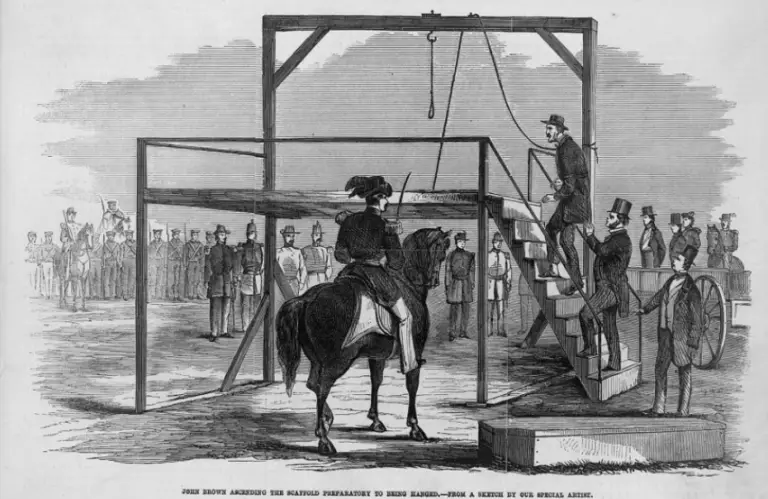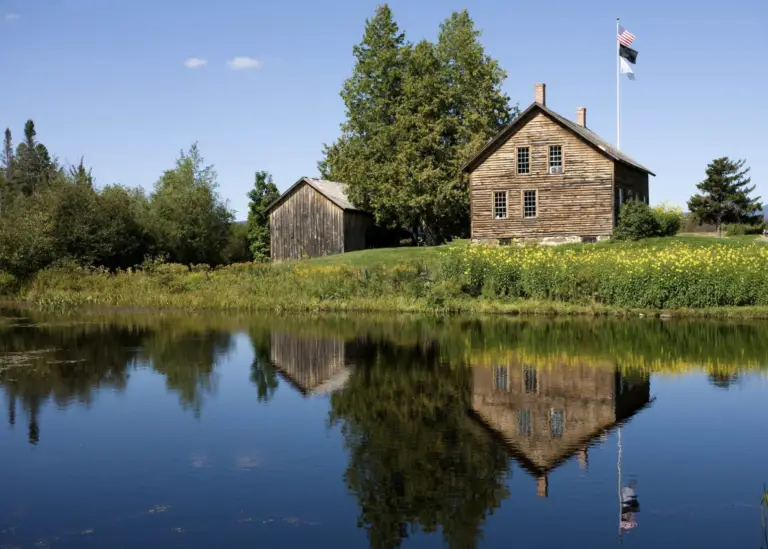Songs are often measured by their ability to stand the test of time. “John Brown’s Body” is one of those songs that has held up even into the present day. Although the tune has gone by many names and many iterations over the centuries, the hymn turned revolutionary anthem retains its status as one of the most memorable songs of the Civil War.
The origins of “John Brown’s Body” trace back to Southern methodist camp meetings in the early 1800s. The song “Say, Brother Will You Meet Us,” provided the framework for what would become the famous abolitionist tune. Both feature the now famous chorus, “Glory, glory, hallelujah.”
“John Brown’s Body” as we know it was originally published in July of 1861. It was reportedly first sung at Fort Warren in Boston on May 12, 1861, and later on July 18 by the 12th Massachusetts Volunteer Infantry, according to American Music Preservation.
Despite what many believe however, the song was not originally about the famed abolitionist John Brown. In fact, it was about a Scotsman of the same name. This “other” Brown, who served as sergeant in Boston, was well aware of his counterpart, as were his fellow soldiers. They would gleefully tease him with lines like, “His soul’s marching on.”

But as the song spread across infantries via word of mouth, the nuances of the original joke was lost. Everyone assumed the lyrics referred to the abolitionist who was captured and hung at Harpers Ferry a few years prior. New lyrics were added to the old ones resulting in verses like this:
Old John Brown’s body is a-mouldering in the dust,
Old John Brown’s rifleís red with blood-spots turned to rust,
Old John Brown’s pike has made its last, unflinching thrust,
His soul is marching on!
So “John Brown’s body lies-a-mouldering in the ground” was not originally the revolutionary sentiment it now commonly appears as, it actually began more or less an inside joke.
Poet Julia Ward Howe would later write her own words to the tune after hearing it sung by troops on a trip she took to Washington. From this she penned “The Battle of the Hymn Republic.” Unfortunately, John Brown the Scottsman never heard this version, having somewhat ironically died early on in the war.
“John Brown’s Body” has been recorded numerous times in various ways. Pete Seeger covered it in 1960. Bob Dylan wrote his own song simply called “John Brown” back in 1962. In Ithaca, there is even a popular reggae band by the name of John Brown’s Body that has been together for over two decades.
John Brown continues to remain relevant even today. He is honored at John Brown Farm, a state historic site located near Lake Placid, NY. It features the home and gravesite of the famed abolitionist.
In 2021, John Brown Lives!, a nonprofit organization focused on human rights and education created a proposal back in 2021 with plans to build a visitor center and conference center. Just last week, there were even two meetings held to receive public feedback on the ongoing plans.

Change however, might not be as fast as Brown probably would have liked. The state agencies expect, following drafts and additional public comment periods, a final plan to be adopted by early 2025 according to Times Union.
Still, John Brown continues to live a life of fame long after his death, his name memorialized in both song and minds. Even if the tune was never meant for him, his soul indeed goes “marching on “ long after death.


Comments are closed.